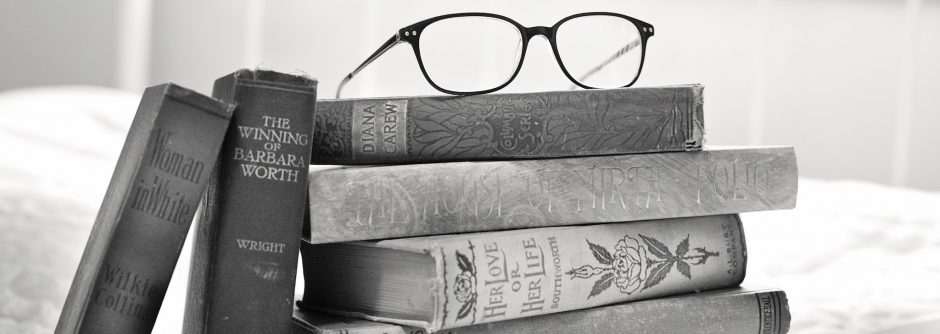Fairy Tale Coloring Book
By: Tomoko Tashiro
Rating: 5 of 5
The fairy tales included are: Little Red Riding Hood, Hansel and Gretel, Snow White and the Seven Dwarfs, Sleeping Beauty, Rapunzel, Swan Lake, Twelve Dancing Princesses, Cinderella, The Magic Horse, The Mermaid, the Snow Queen, and The Nutcracker. The titles are incorporated into many of the pages within elegant banners.
I own this coloring book in the Japanese version and will provide a comparison to that edition at the end of this review. The video and photos, with the exception of the ones showing both books, are of the US version only. I reviewed the Japanese version of this book in February 2016. In the photos that show both version, the US version is at the top and the Japanese version is at the bottom.
This is what I experienced while coloring in this book and testing it with my coloring medium.
78 pages of designs based on fairy tales
Designs are printed on both sides of the page
Paper is heavyweight, white, smooth and non-perforated
Sewn Binding
Attached cover with gold foil accents
Many designs spread across two pages
Most designs merge into the binding area
Book can lay fairly flat by breaking the spine.
Alcohol-based markers, water-based markers, and Indian ink pens all bleed through this paper to some degree. The only exception was Tombow brush end markers which left a slight shadow when I used dark colors.
Gel pens leave faint shadows on the back of the page.
Colored pencils work well for the most part. I had problems blending hard lead pencils which ended up rather smeary as opposed to well blended. Otherwise, softer lead oil and wax-based pencils provided good pigment, layered well and blended well using a blending stick.
All forms of wet medium from markers to pens may show through to the back of the page and mar the design on the back.
Comparison to Japanese version:
The US version cover is fixed while the Japanese version has a removable dustcover. The paper in the US version is white and smooth while the Japanese version is slightly off white and has a bit more tooth to the feel of the paper. Coloring medium worked similarly although all colored pencils blended well on the Japanese version.
For me, one of the biggest difference was with the binding. The US version is sewn and lays fairly flat so that I can, with some effort, get into the binding area to color. The Japanese version was glued and I could not get it to open to a flat position. It was simply impossible for me to color into the binding. That may have just been my copy but I have had this issue with some types of glue binding before.
Additionally, the Japanese version had several pages at front and back explaining coloring medium and the stories but as I don’t read Japanese, it was not of use to me. It also had thumbnails at the end of the book which I wish the US version had included but it did not.
While I like the paper in the Japanese version, my preference is for the US one as, even though my pencils didn’t behave as well, I could color the full picture.
